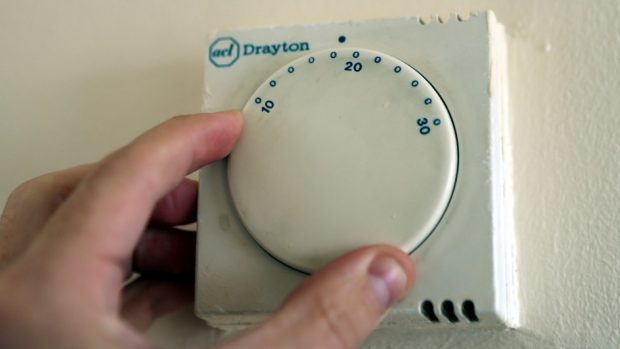A new study has found that living in rural Scotland is still up to 30% more expensive than elsewhere in in the UK.
The costs of travelling, heating homes and delivering goods were all shown to be “much higher” for many residents in remote areas such as the Highlands and Islands.
The report on Minimum Income Standard for Remote Rural Scotland 2016, commissioned by Highlands and Islands Enterprise (HIE) and other bodies, cost between 10% and 30% more than in cities.
The figures represented a slight decrease from the same study carried out in 2013, where the gap was shown to be between 10% and 40% higher.
The reduction was put down to falling energy costs, but the case for tackling the problem was described as being as “urgent as ever”.
The study concluded: “The cost of living in remote rural Scotland continues to be far greater than in other parts of the UK.
“However, life there does not stand still. Falling energy costs have to some extent eased the burden recently.
“In the longer term, developments such as the extension of broadband access and new delivery networks have the potential to change the way that people live and the costs that they incur.”
Fergus Ewing, cabinet secretary for the rural economy and connectivity, said: “I welcome this latest Minimum Income Standard Report and note the positive impact that lower diesel and petrol prices has had on those who have to travel long distances.
“The Scottish Government is already doing much to support rural communities through transport initiatives and rural fuel poverty measures, and we will continue to work with rural communities to identify the best solutions to rural challenges.”
Alastair Nicolson, head of planning and partnerships at HIE, said: “That the cost of living is higher in remote rural Scotland will be no surprise to the people who live in these communities.
“A great deal of public policy is already targeted at reducing that disparity to ensure equality of opportunities in all parts of the country.
“This report does however show that a number of factors still conspire to make the cost of living at a socially acceptable standard more expensive in more remote areas, particularly small islands.
“While a number of interventions being progressed currently will make an impact, further work is required from the public sector to mitigate the excessive costs associated with living in these parts of the country.”
